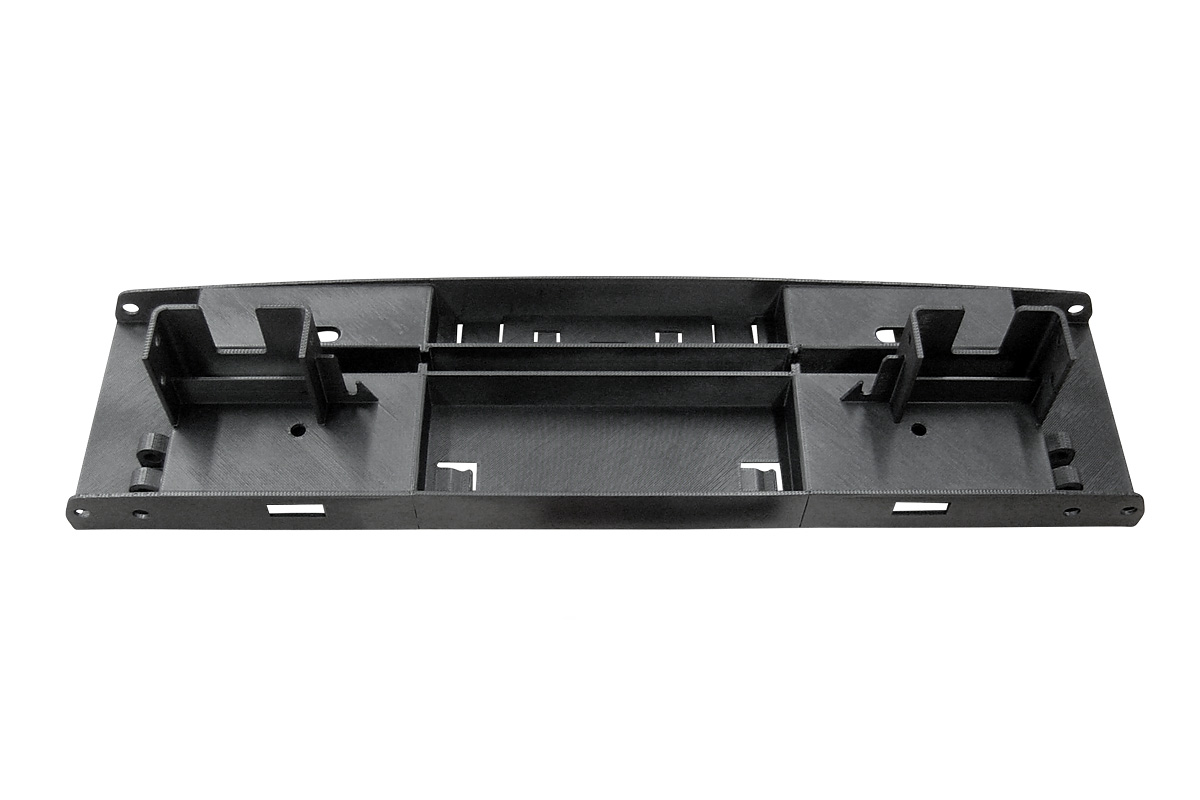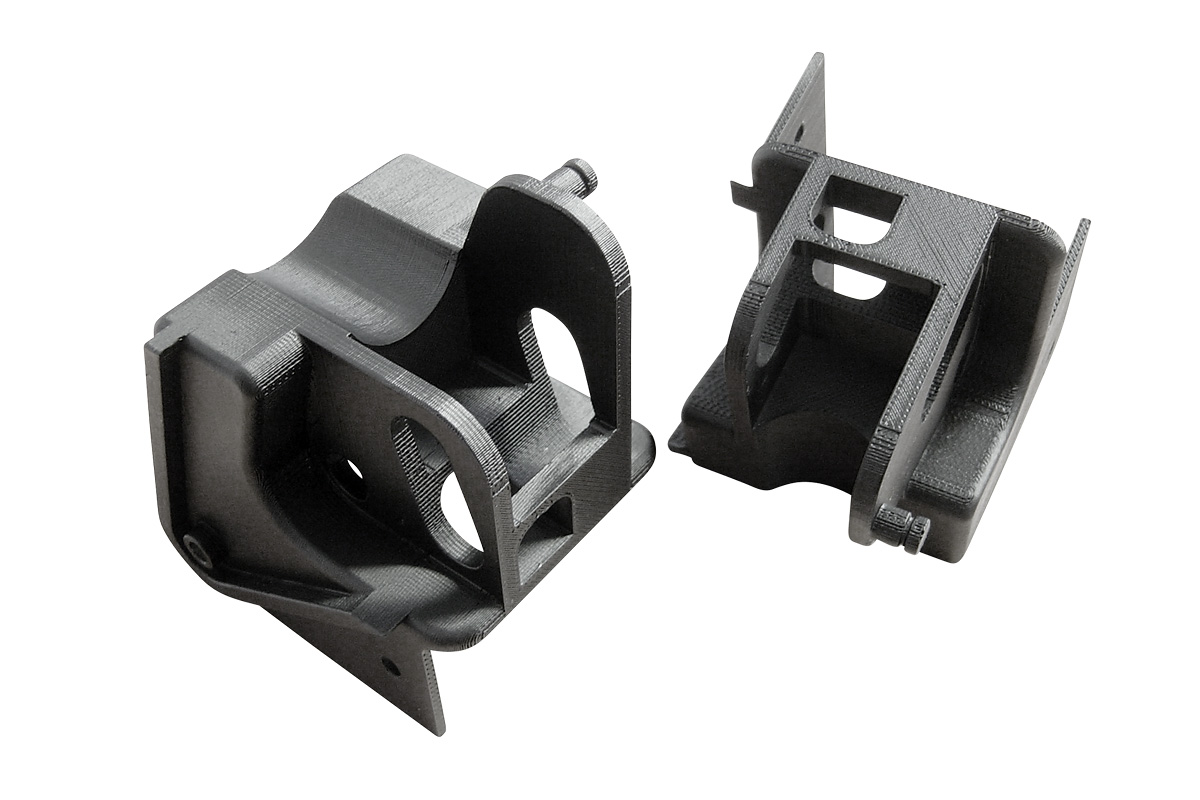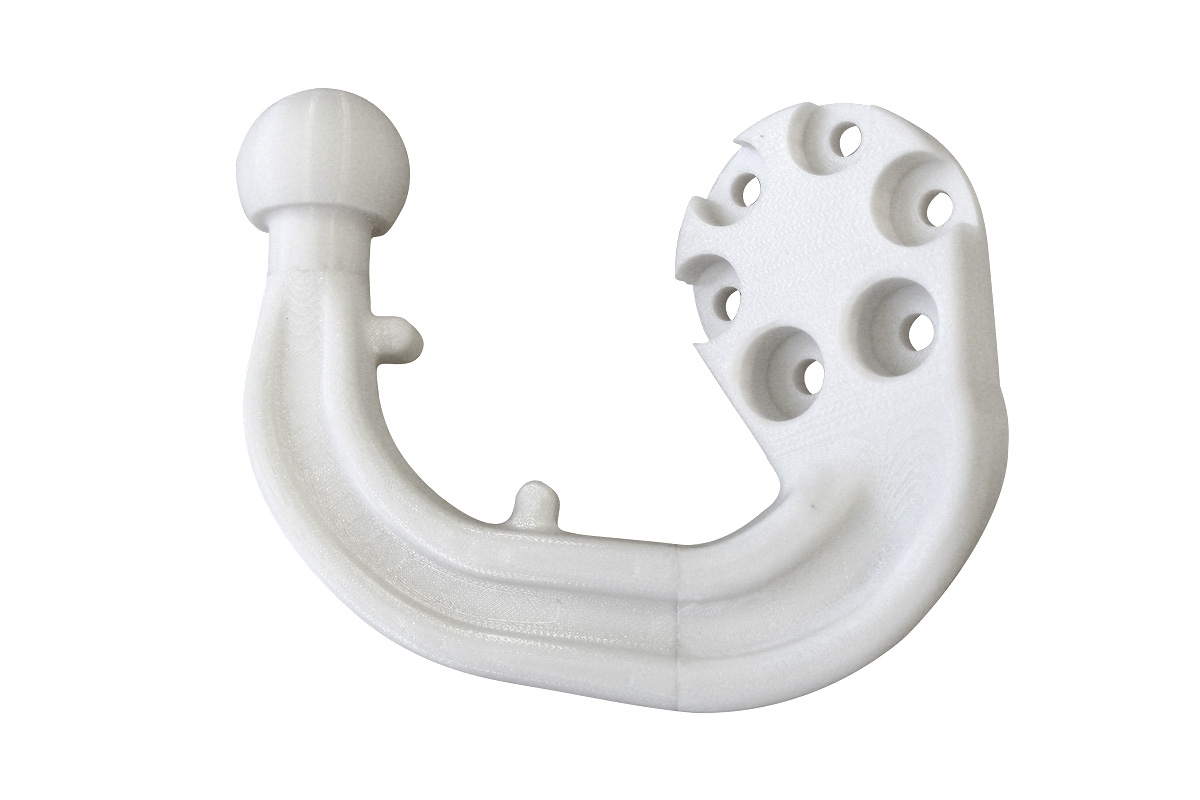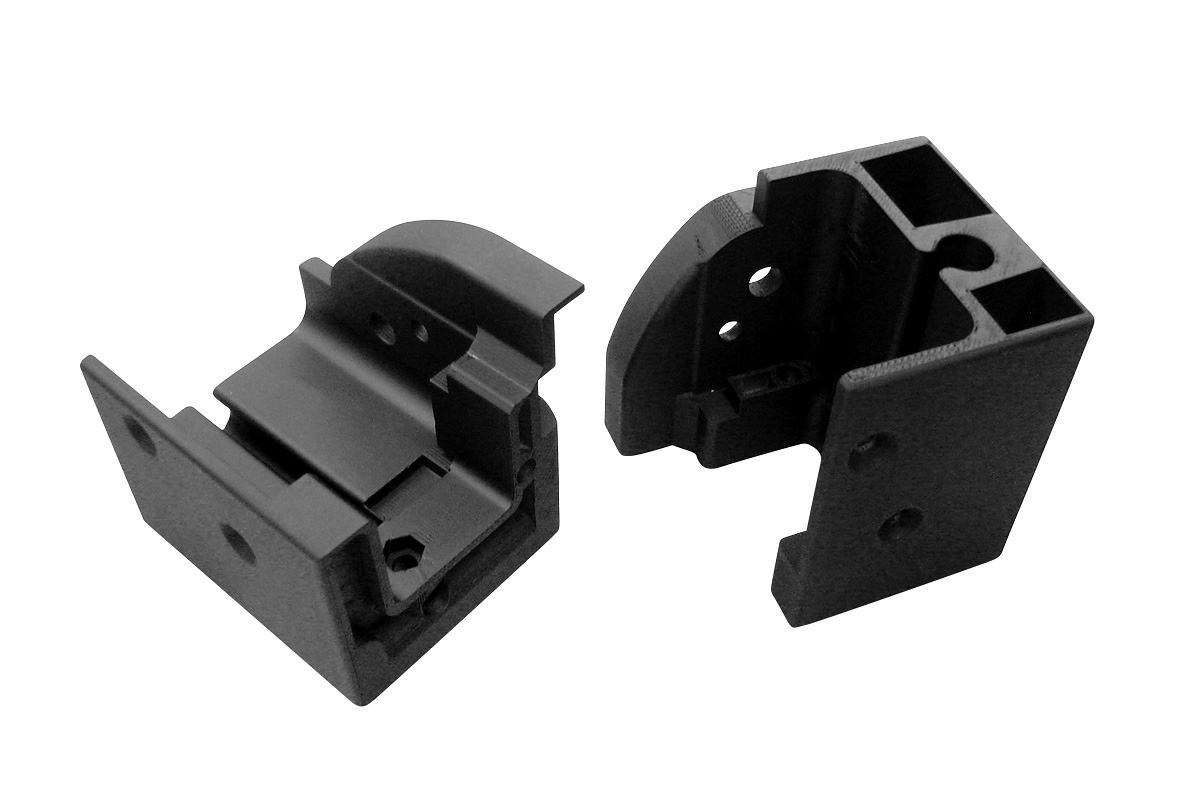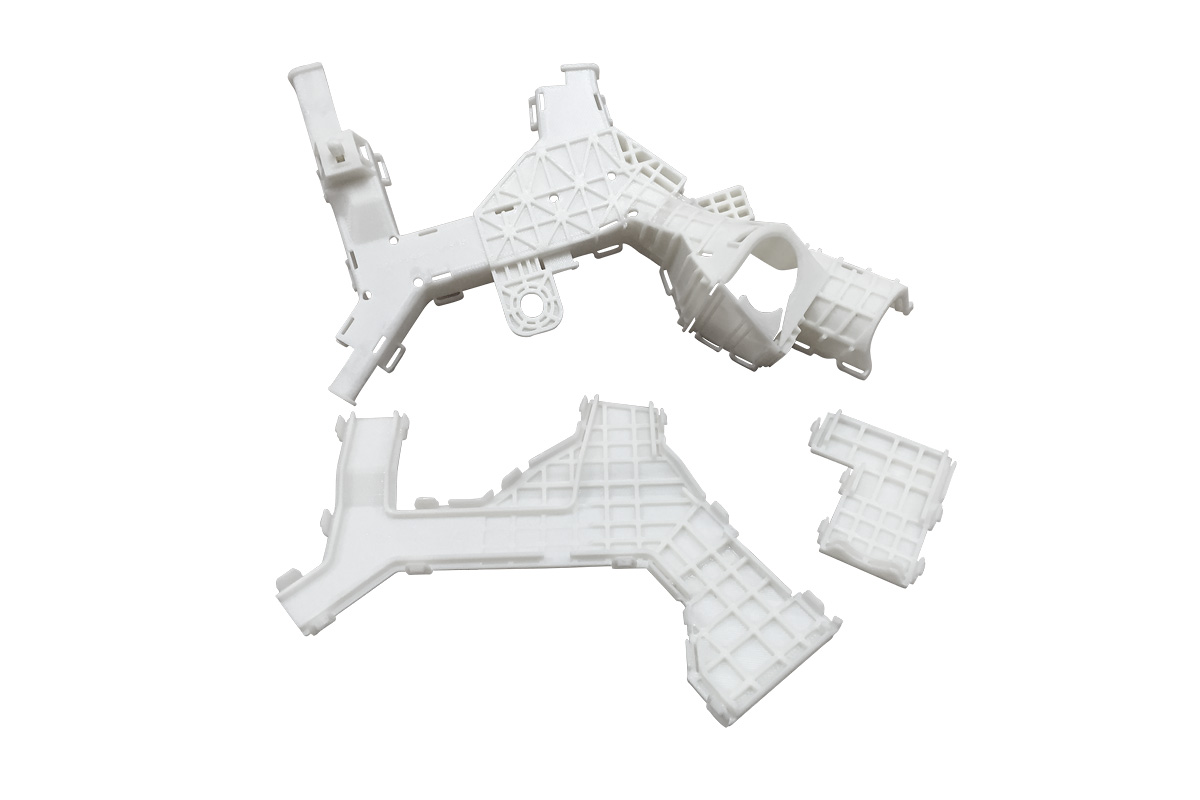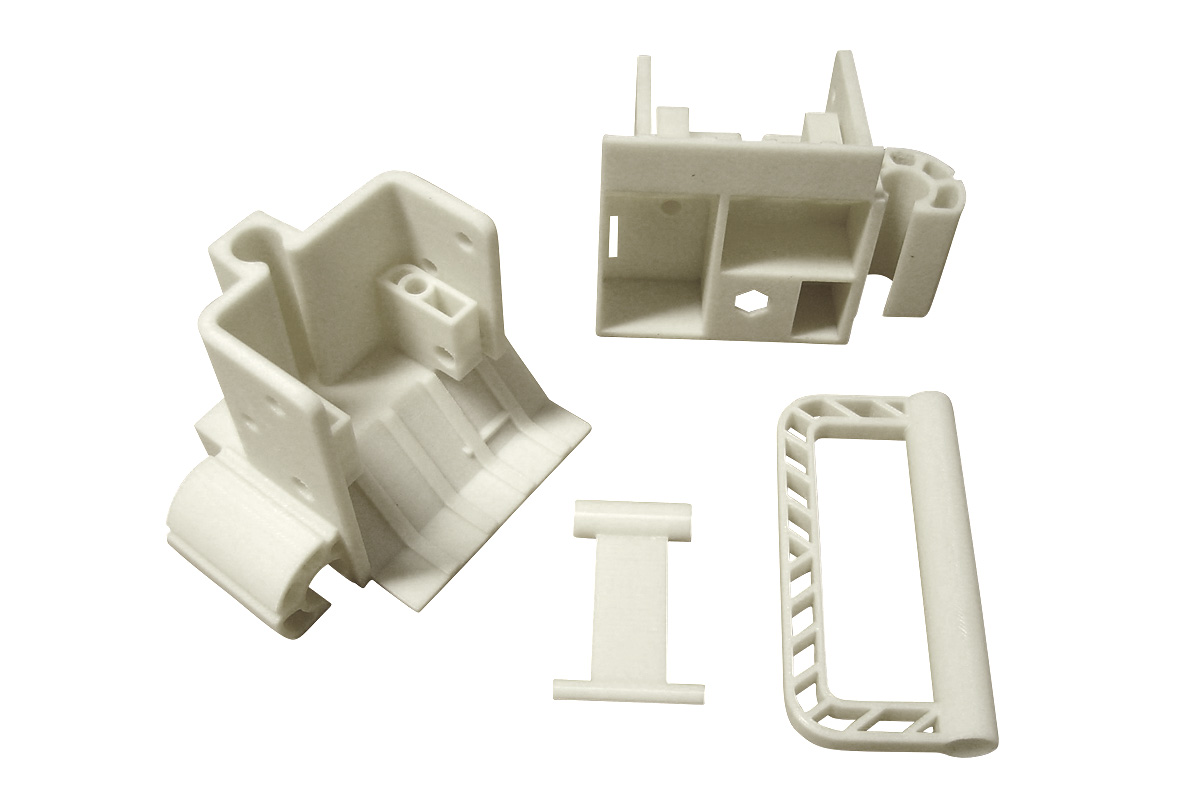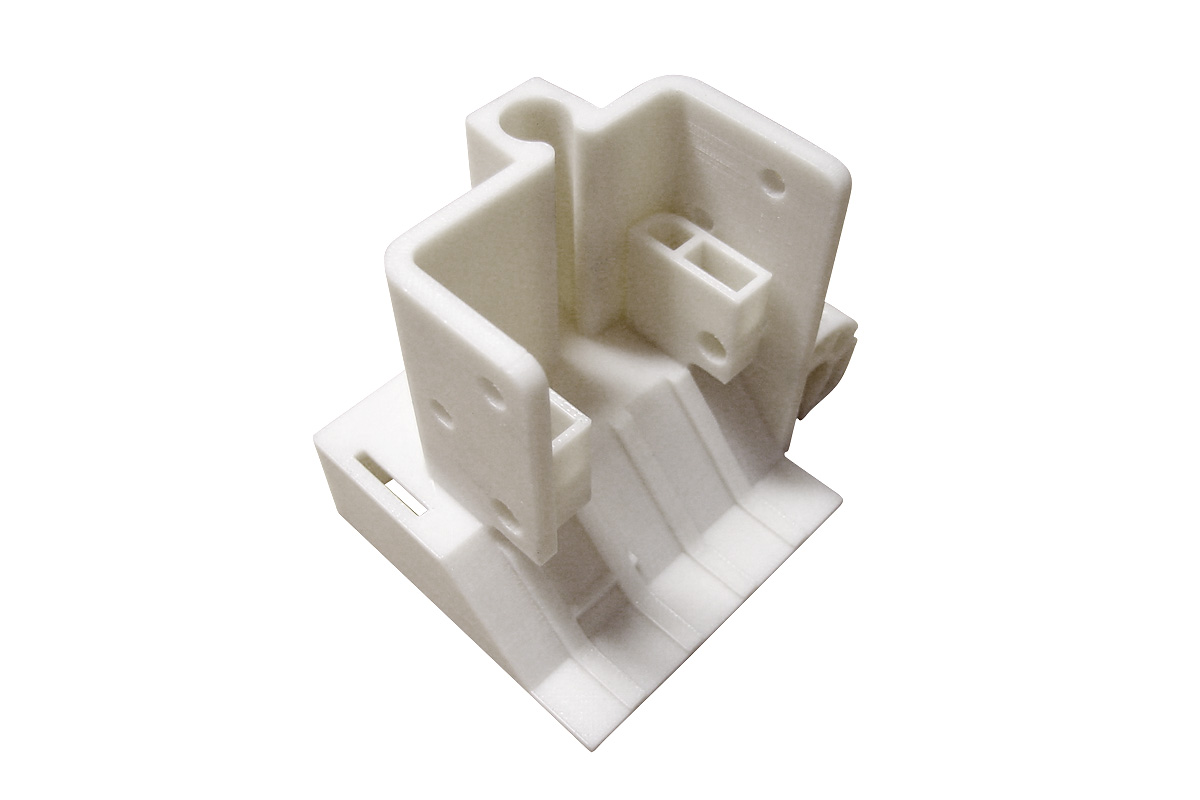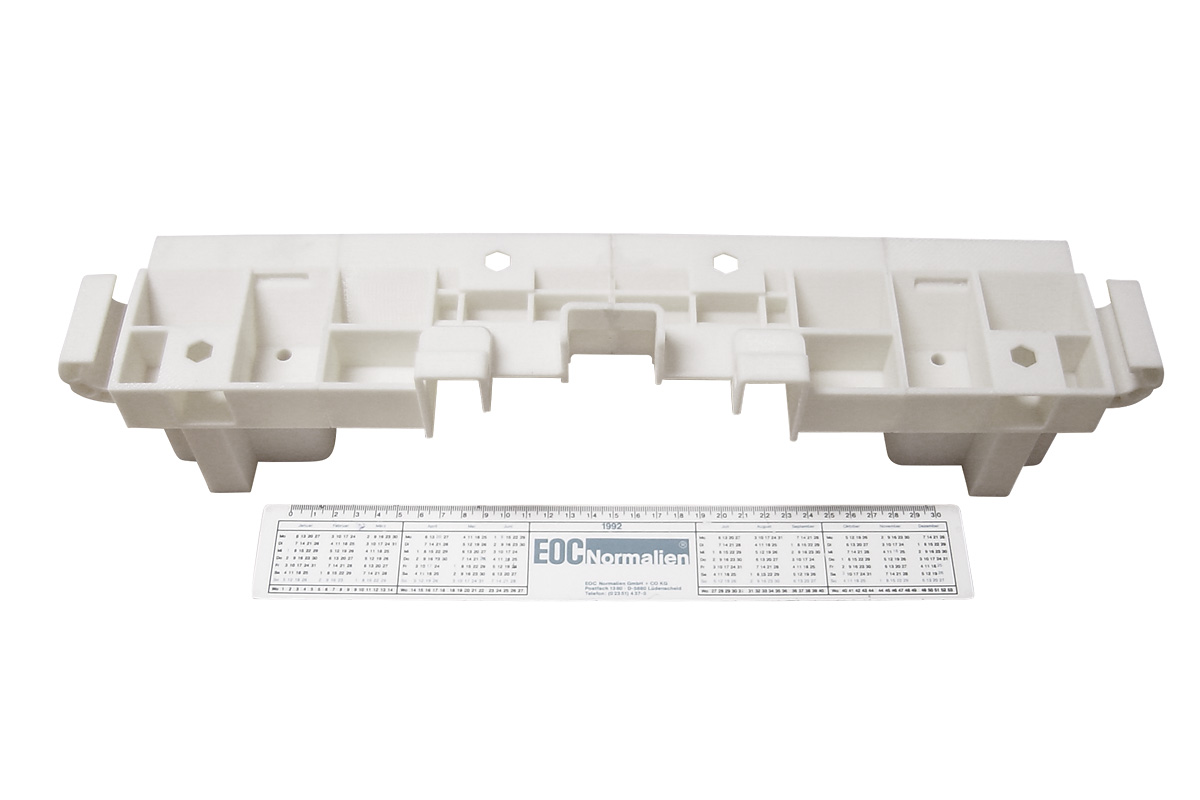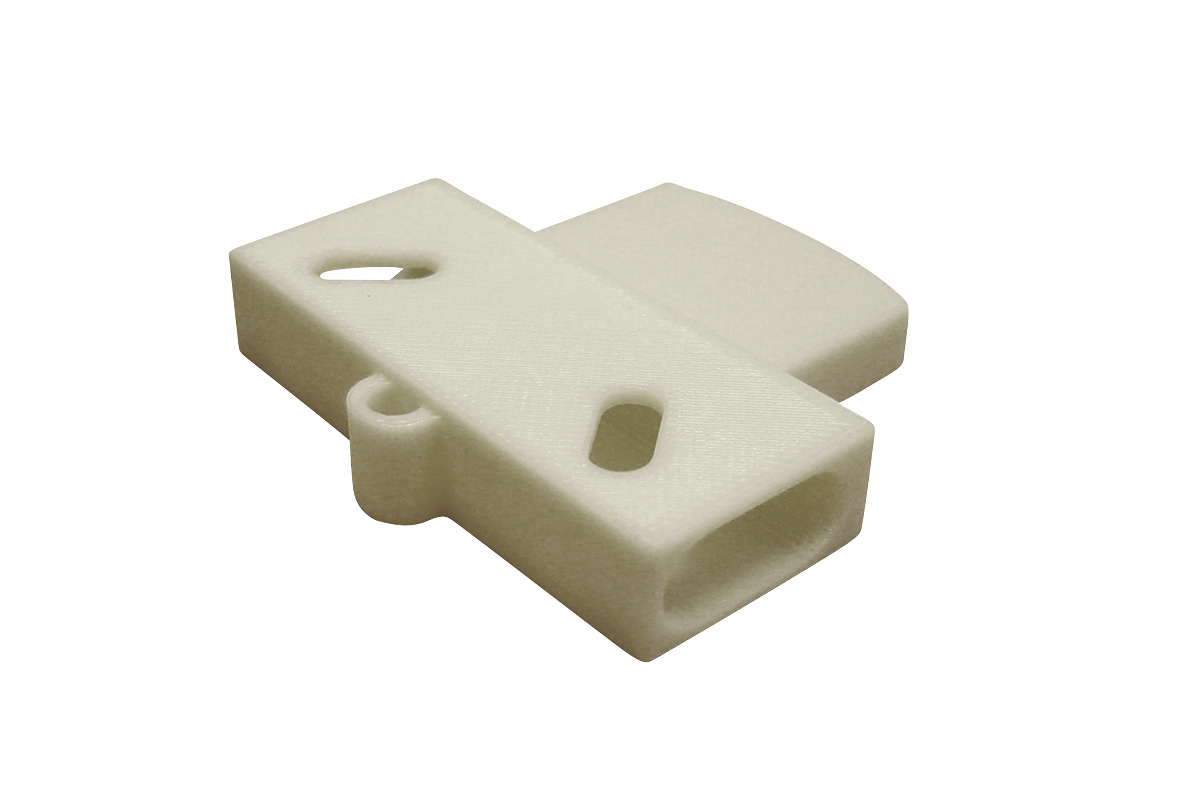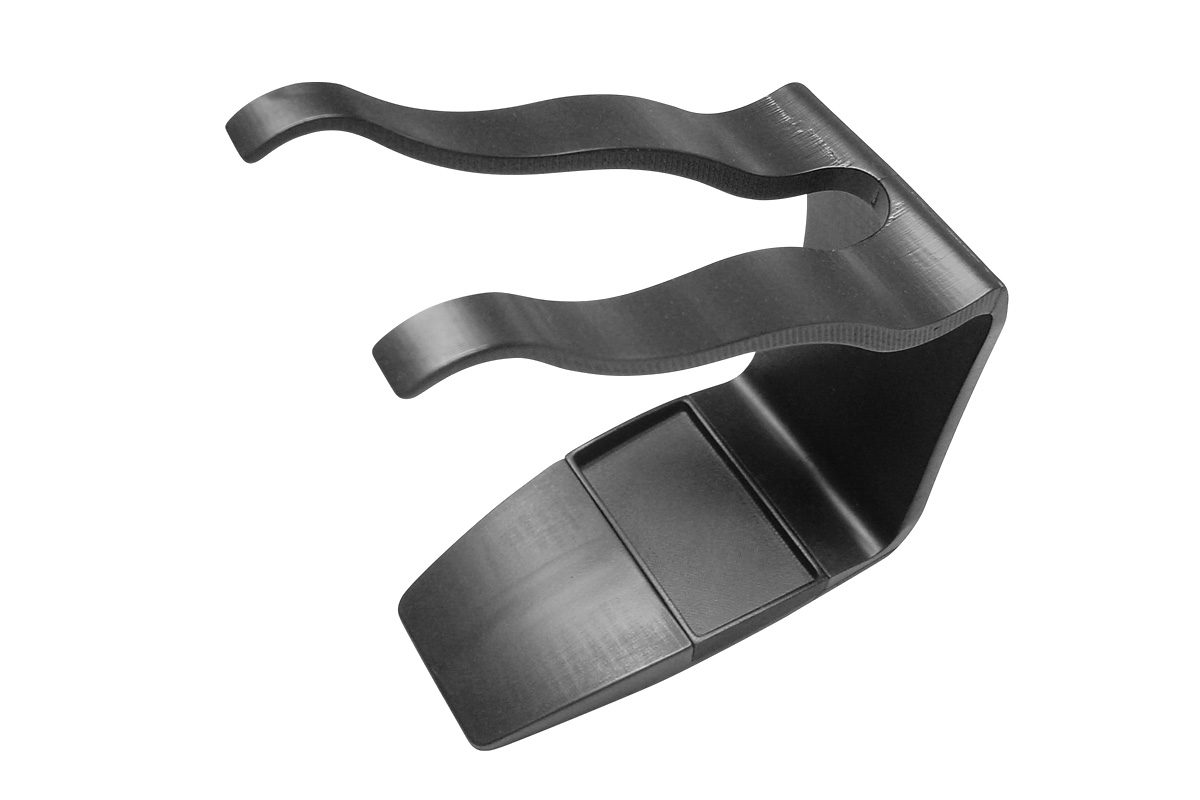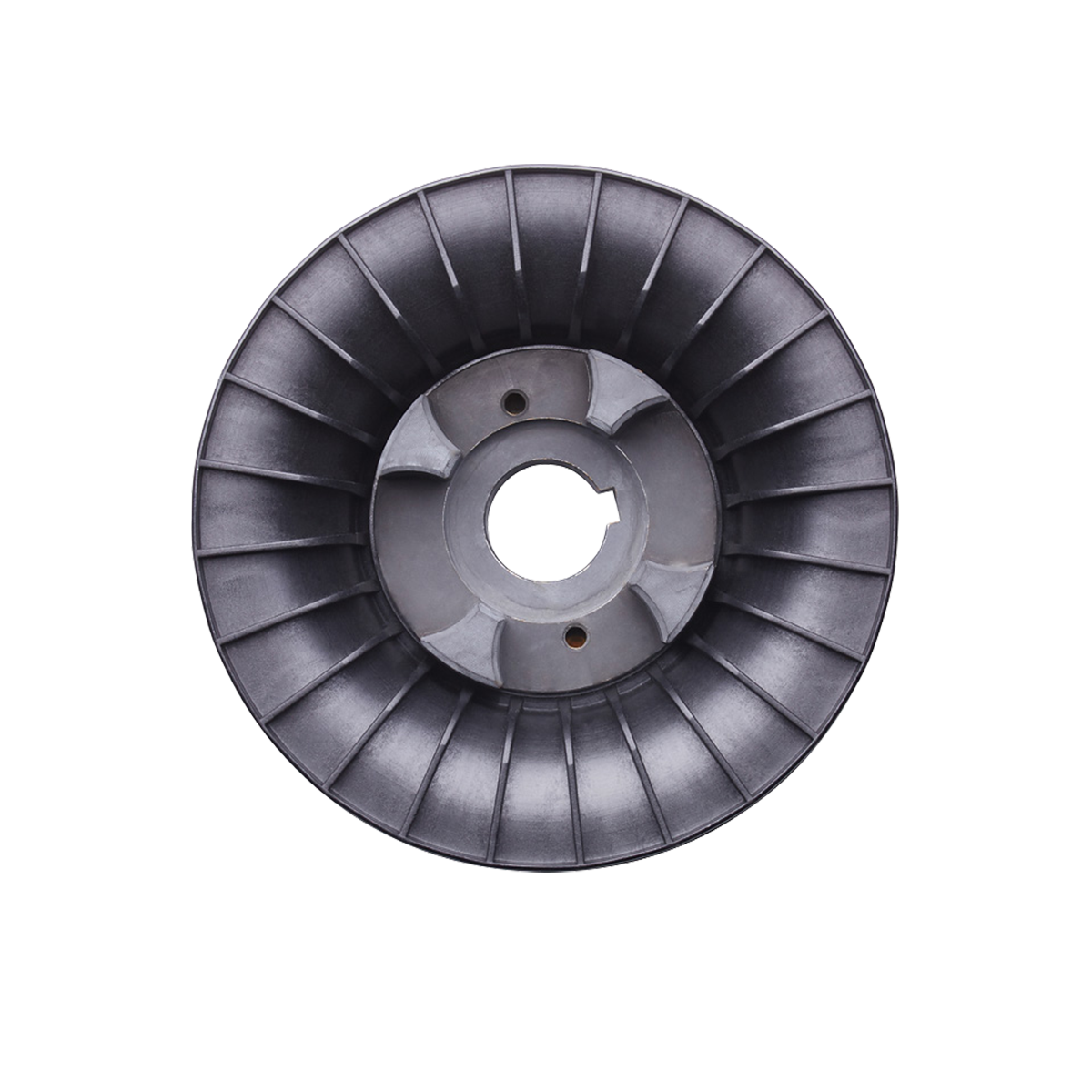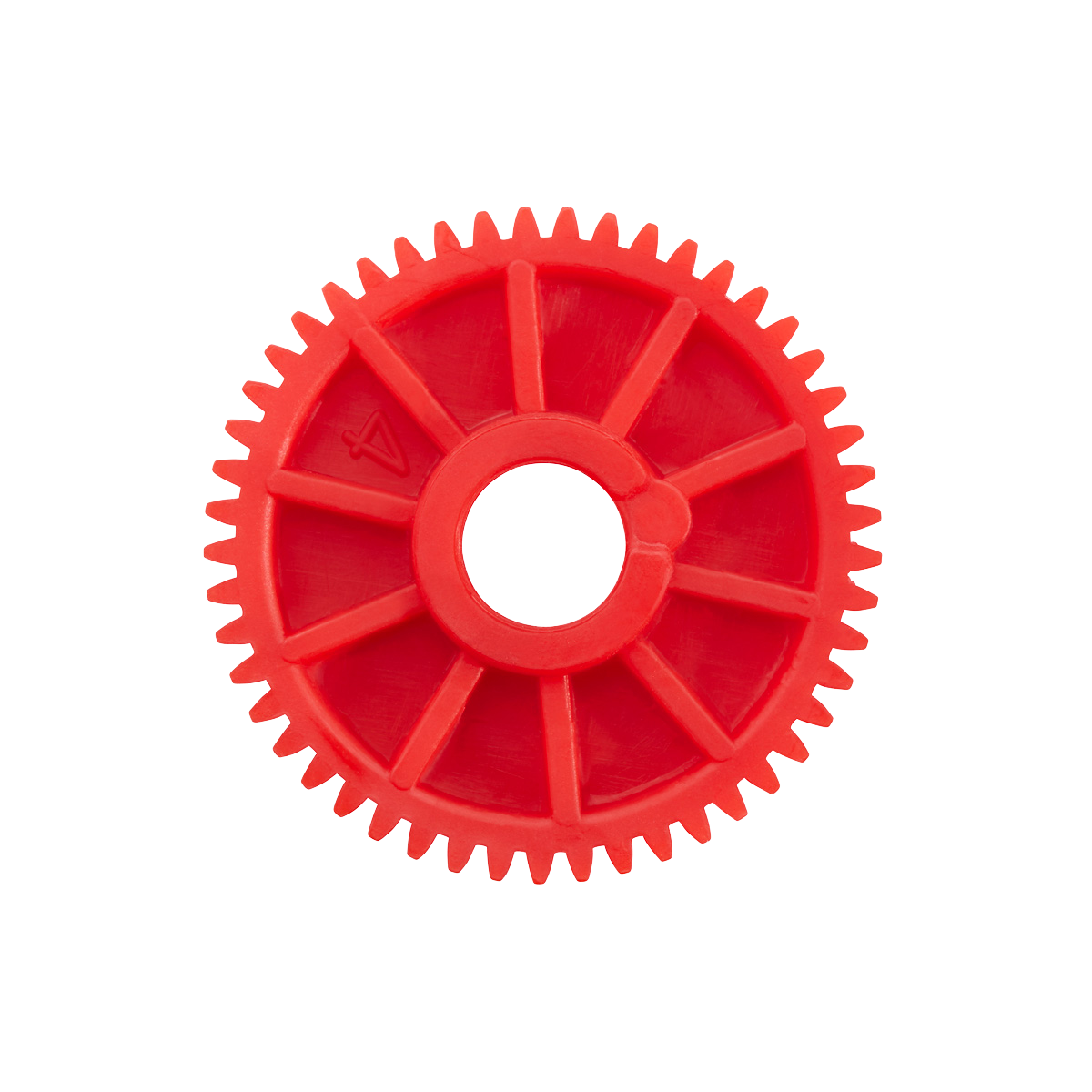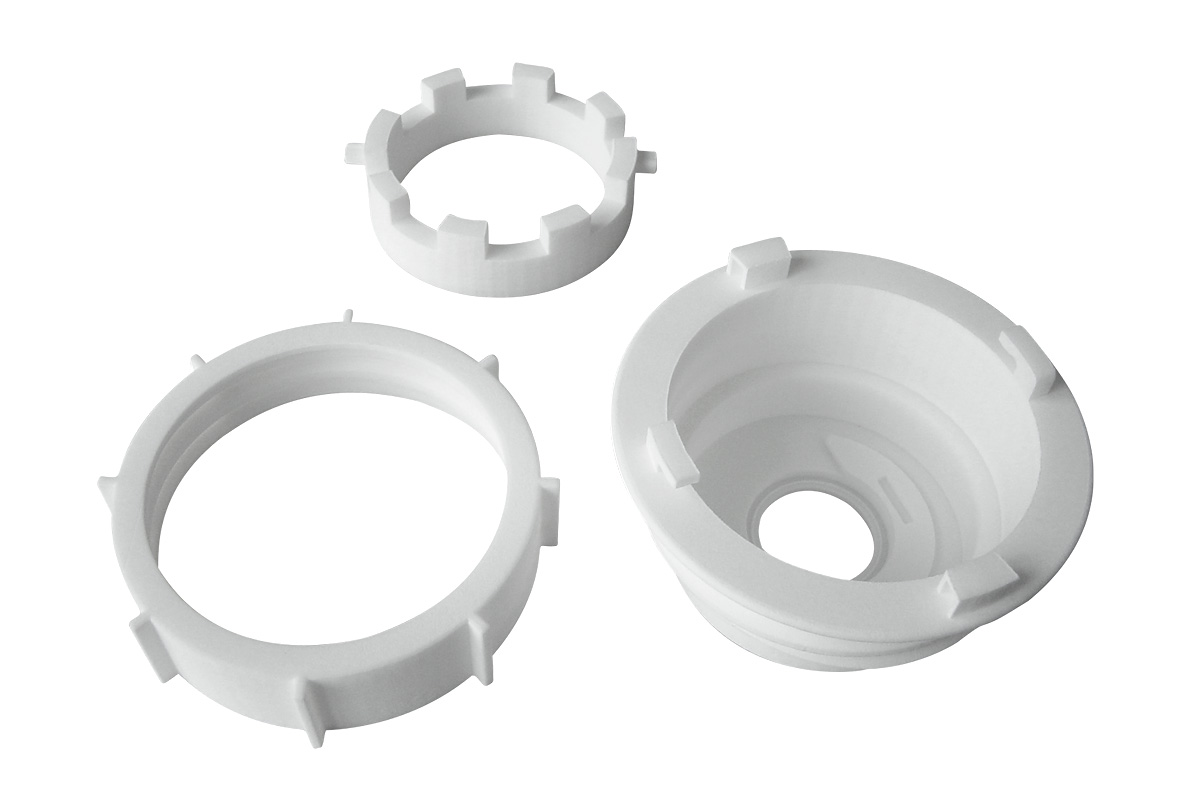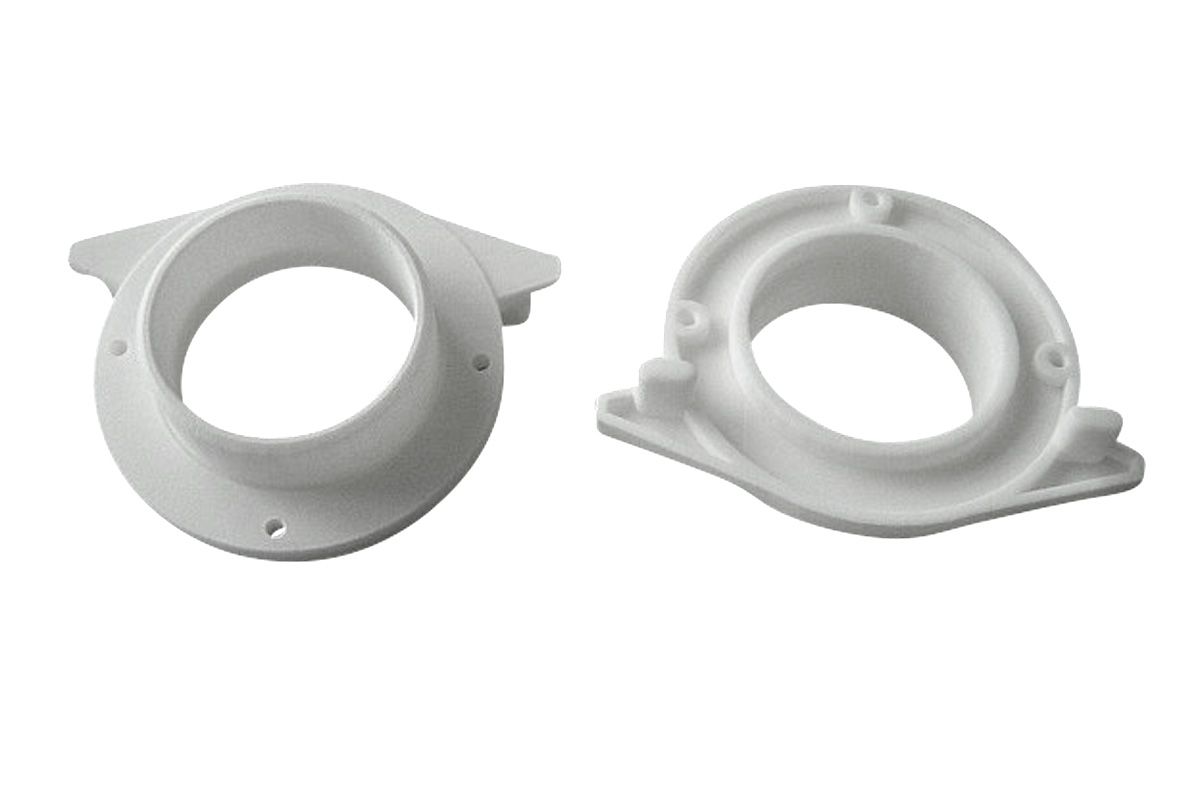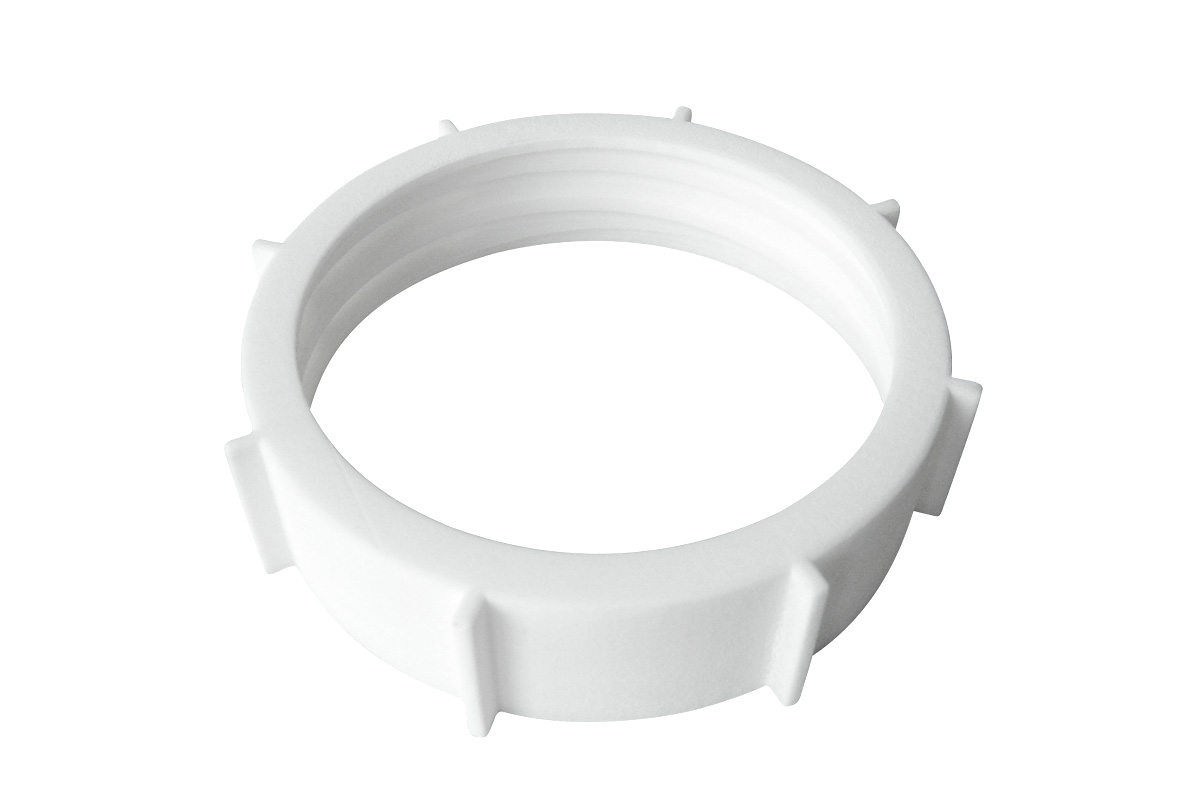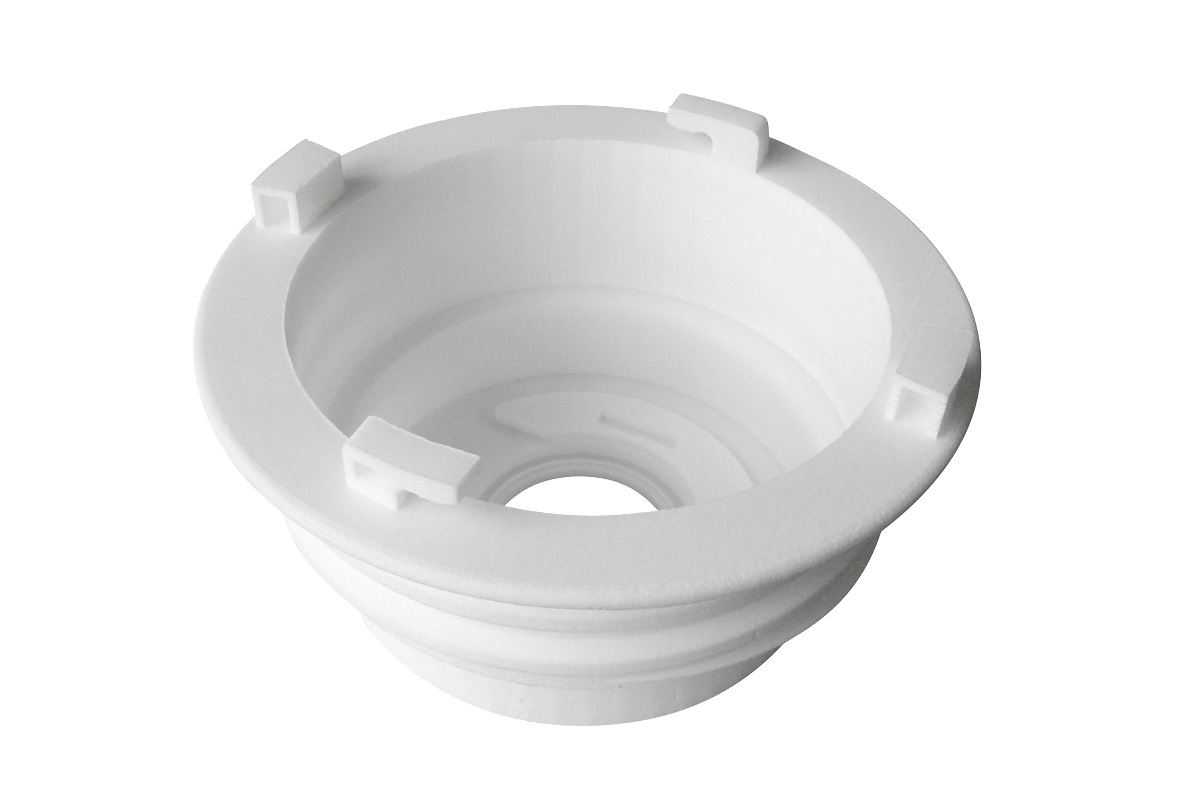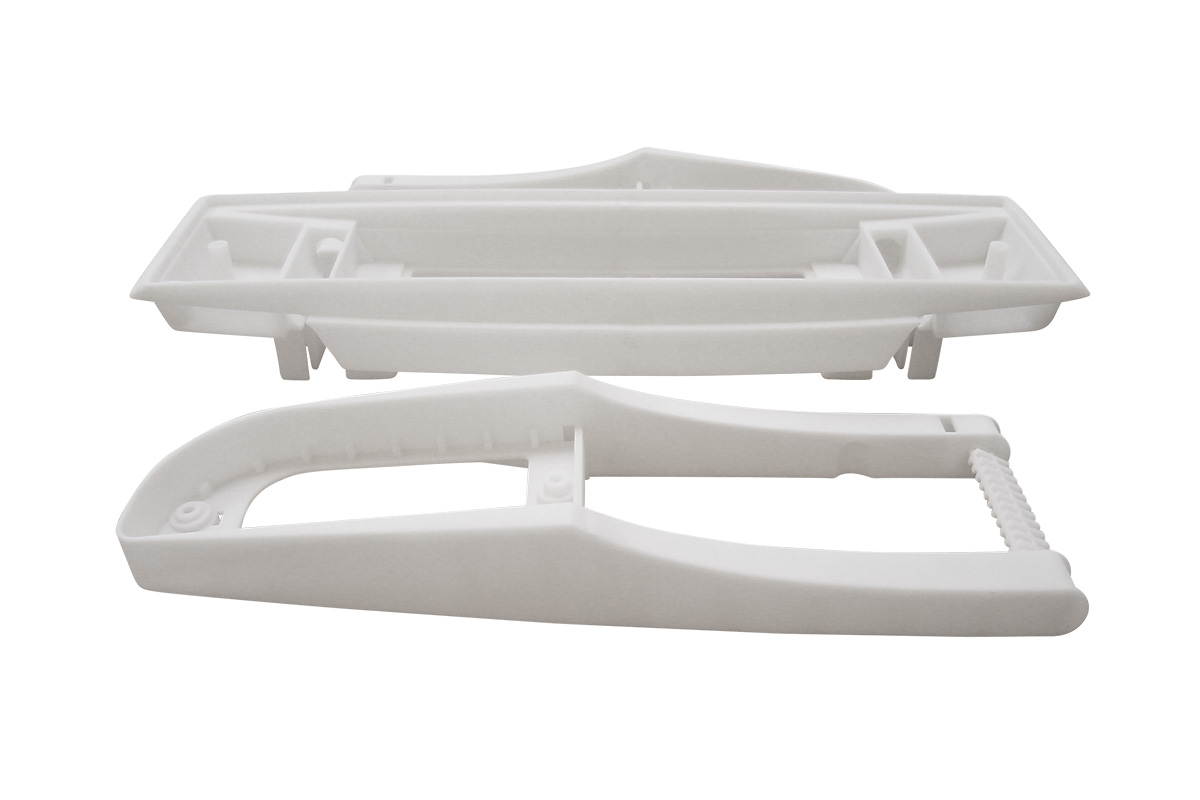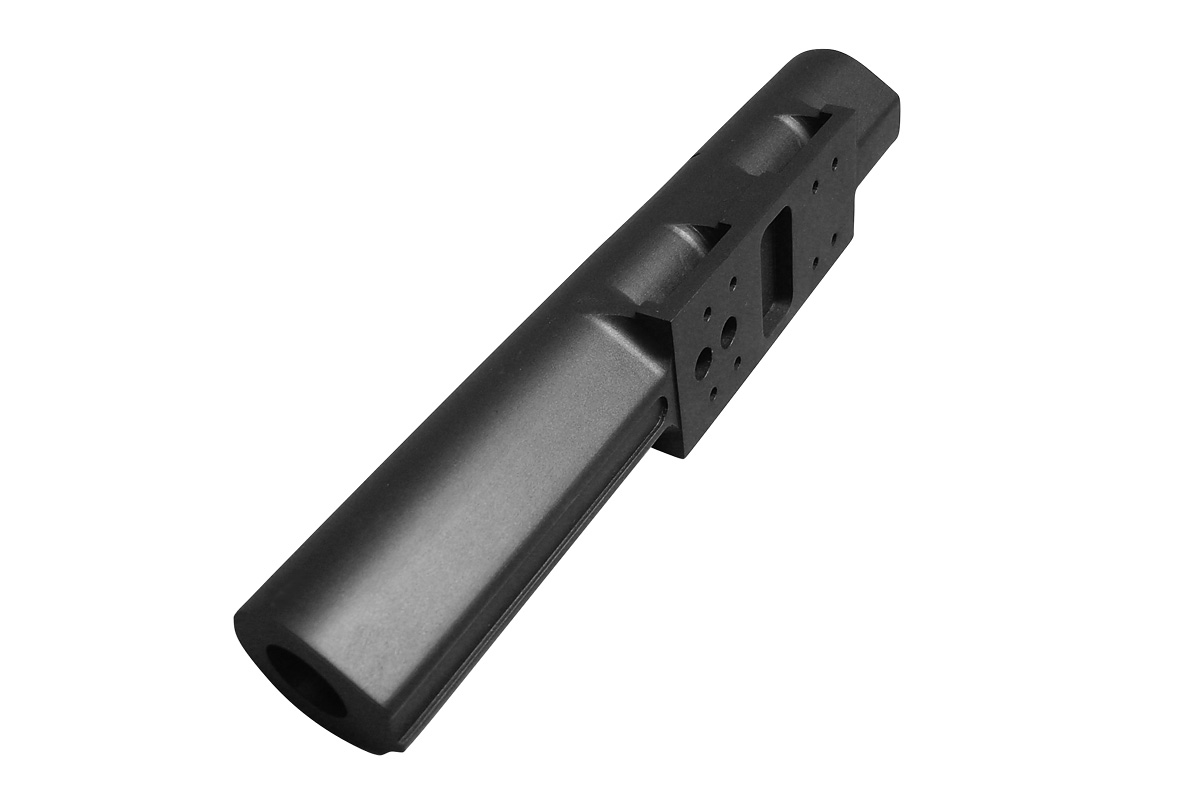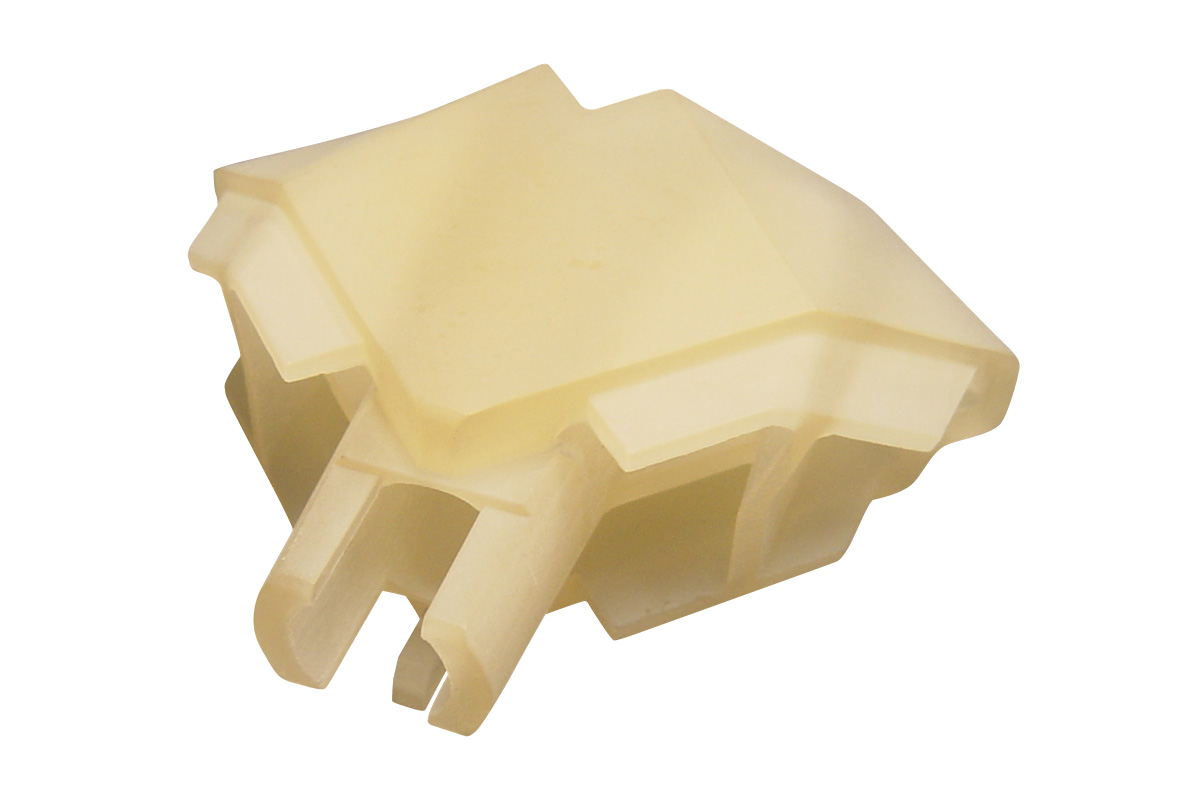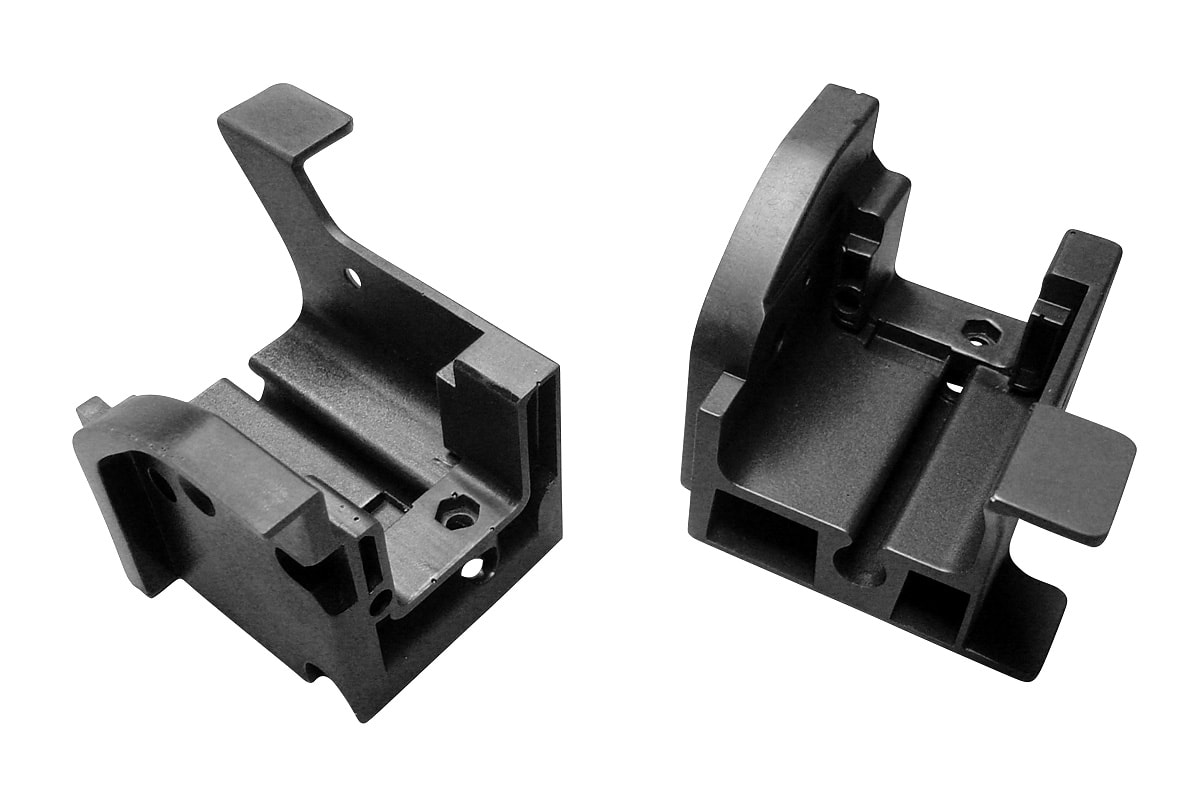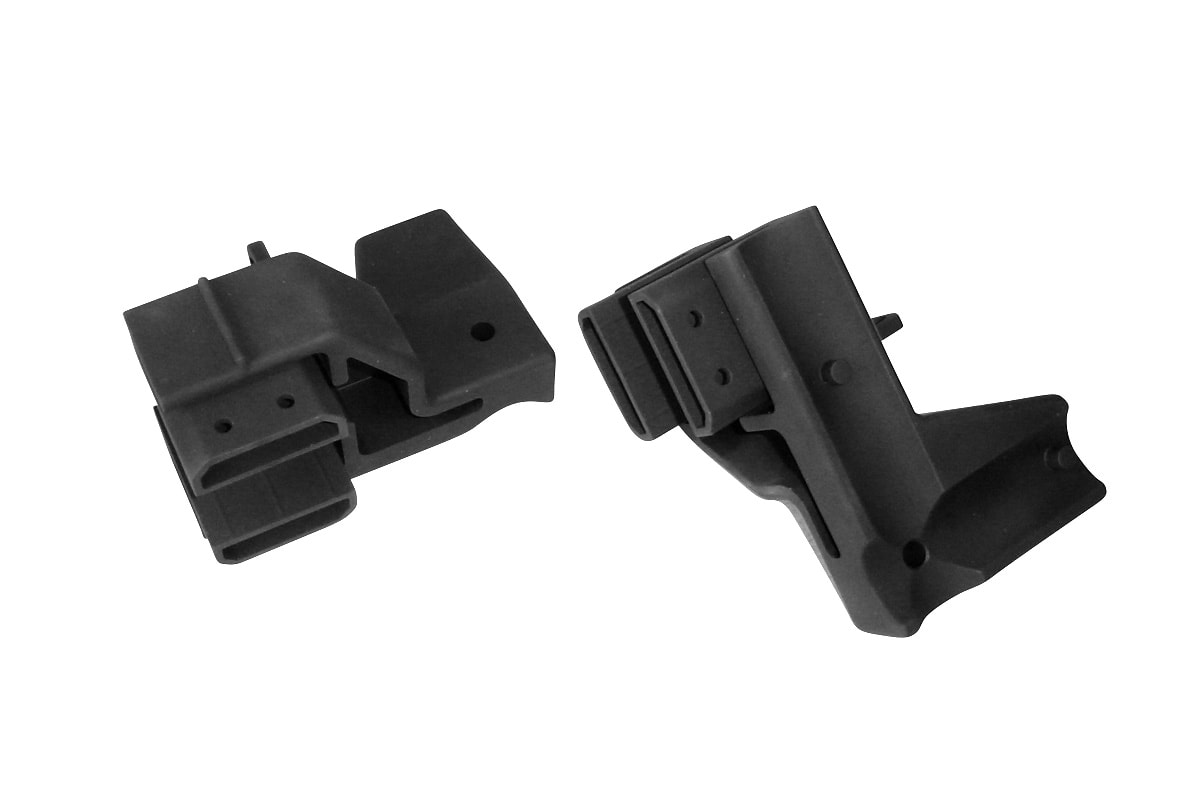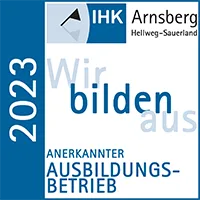Rapid Prototyping
Rapid Prototyping
3D-Printing
3D printing functions similarly to normal ink printing – but in three dimensions. Layer by layer, the sample parts to be created are “printed” from a dimensionally stable ABS-like material. This is done by connecting an ABS wire with a print head which melts the material and positions it at the corresponding place for hardening.
3D-printed parts are ideally suited to functional tests, proofs of concept, and obstruction and dimension tests. The parts are produced at low-cost “overnight” and finished on request (ground, coated etc.).
Delivery time for 3D-printed parts is usually around 2-3 days.
- Individual parts, small lot sizes
- High quality of parts
- Very high stability under load (material similar to ABS)
- Functional tests possible
Injection Molding
In injection molding the plastic filled the form with granules or powder in an injection molding machine, which liquefies the plastic (plasticized). Then it’s injected under high pressure into a mold in which the material solidifies again by cooling or a crosslinking reaction. Subsequently, the finished part can be removed from the mold.
Mostly thermoplastics are used, but also thermosets and elastomers are possible.
The delivery time for an injection mold is usually about 6-10 weeks (shortening depending on the product possible).
- Parts in the weight range from 0.001 grams up to 100 kg
- directly usable moldings in large quantities at low cost
- almost free choice of shape and surface (e.g., smooth surfaces, patterns)
- Production of small series are possible
Examples of products
Selective laser sintering
Laser sintering is a process which creates heavy-duty prototypes by melting on layers of a plastic powder. The thickness of the layers is about 0.1-0.2 mm.
At specific places in each layer of the component, a laser applies high energy to melt the material locally. The component is then sunk and the process begins from the beginning with the geometrical data of the next layer until the complete component is finally created.
Depending on the use of the later prototype, different materials can be processed, e.g. unfilled or filled polyamide. The models can have highly complex 3D structures and are distinguished by a high chemical and thermal resistance corresponding to the plastic PA 12.
Delivery time for laser sintered parts is usually around 4-5 days.
- Heavy-duty prototypes
- High chemical and thermal resistance (similar to PA 12)
- Manufacturable unfilled and filled (glass fibre)
Examples of products
Stereolithography
Stereolithography is a process in which prototypes are produced by the layer-by-layer hardening of a liquid resin. A laser projects the component, previously designed in a 3D CAD process, layer by layer onto the surface of a resin bath. The cross-linking reaction in the resin is triggered in these places, coagulating the respective component contour. Sinking the component now exposes and thus hardens it layer by layer.
Stereolithography makes it possible to create high-precision prototypes with perfect detail formation and very good surfaces.
The stereolithographic models created in this way also serve as a basis if a vacuum casting mould is to be created (see vacuum casting).
Delivery time for stereolithographic parts is usually around 4-5 days.
- Perfect detail formation
- Very good surfaces
Examples of products
Vacuum Casting
Vacuum casting produces casts (thermoset base) from silicon tools. These tools are usually created using the previously manufactured stereolithographic part.
The casting process takes place under vacuum, so that the result is a bubble-free, high-precision component with precisely definable properties.
The selection of the PU materials available for this is growing constantly.
Thus the material can be selected which has properties closest to the later serial requirements. This means that e.g. transparent or rubber-like components can also be produced.
- Small series in near-series material (e.g. PA6GF30)
- Perfect detail formation
- Precisely definable properties (high material diversification)
Examples of products


